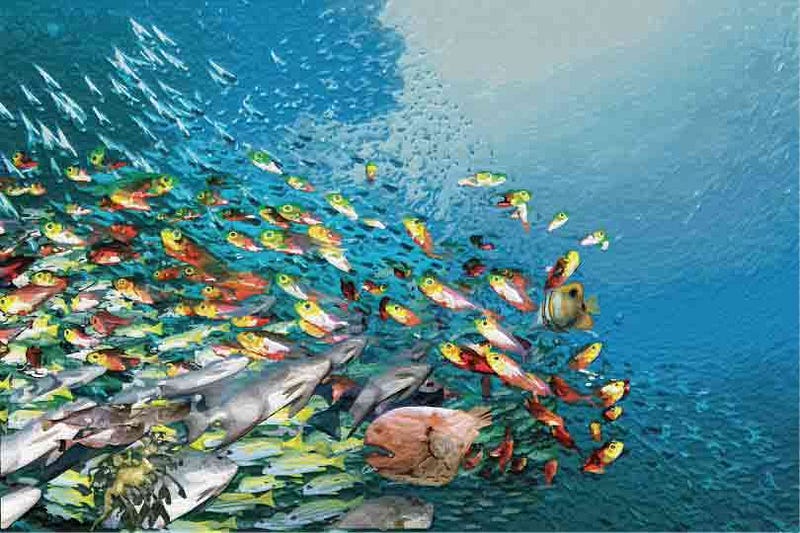Marine Ecosystems: Navigating the Changes of Our Oceans
Written on
Chapter 1: Understanding Marine Ecosystems
Marine ecosystems are crucial components of our planet's biodiversity, yet they are undergoing significant changes due to climate change. While the focus on species survival is valid, it is essential to consider the broader context of entire ecosystems that are also at risk.
Despite the urgency surrounding species extinction, the interconnectedness of ecosystems offers a deeper understanding of environmental challenges. Changes in one species can indicate the health of the entire ecosystem, as biodiversity directly correlates with ecological stability.
Section 1.1: The Impact of Climate Change on Species
Recent studies indicate that species loss is alarmingly high in the Anthropocene era. Historically, extinction rates hovered around 0.01% every century, but today's rates are believed to be hundreds of times higher. This rapid loss poses a significant threat to biodiversity.
Subsection 1.1.1: The Resilience of Life

Life has shown remarkable resilience throughout its four-billion-year history, adapting to numerous global climate crises. The mass extinction event that wiped out the dinosaurs paved the way for mammals to flourish and evolve, highlighting the potential for life to adapt over time.
Section 1.2: The Mechanics of Migration
When environmental changes occur rapidly, species face three primary options: adapt, migrate, or perish. For example, many bird species migrate seasonally to find suitable habitats. However, the migration of entire ecosystems is less cyclical and more permanent when faced with climate change.
Chapter 2: The Drift of Marine Ecosystems
As ecosystems shift, they often move poleward in search of optimal conditions. Recent research featured in Current Biology has documented this phenomenon, showing a clear poleward drift of marine species over the last century.
The first video, "Drift Away into the Serenity of the Ocean's Embrace," offers a calming visual experience of marine life and its environment, emphasizing the beauty and fragility of these ecosystems.
Section 2.1: Economic Consequences of Migration
The North Atlantic serves as a prime example of how human activities impact migratory patterns. As commercially important species like mackerel shift their ranges, local economies face significant challenges. The closure of Iceland's capelin fishery due to warm waters illustrates this issue, leading to economic and political tensions.
The second video, "Drift Away with Sea Otters," provides a soothing backdrop of ambient music, perfect for studying or relaxation while reflecting on the delicate balance of marine ecosystems.
Section 2.2: The Story Told by Plankton Fossils
Research in the North Atlantic has revealed that plankton species are shifting in response to warming waters. Fossil records from sediment cores indicate that today's plankton populations are markedly different from those during the early industrial era, underscoring the impacts of climate change on marine life.
Section 2.3: Political Ramifications of Ecosystem Changes
The shifting populations of species like the Atlantic mackerel have ignited disputes among nations. As Iceland's mackerel fishery encroached upon British waters, political tensions escalated, resulting in trade conflicts that highlight the far-reaching consequences of ecological changes.
In conclusion, as marine ecosystems continue to adapt and shift due to climate change, understanding these dynamics becomes increasingly vital. The migration of species affects not only biodiversity but also the economies and politics of nations worldwide. Future discussions will need to address both terrestrial and marine ecosystem migration, as they are critical to our planet's health.